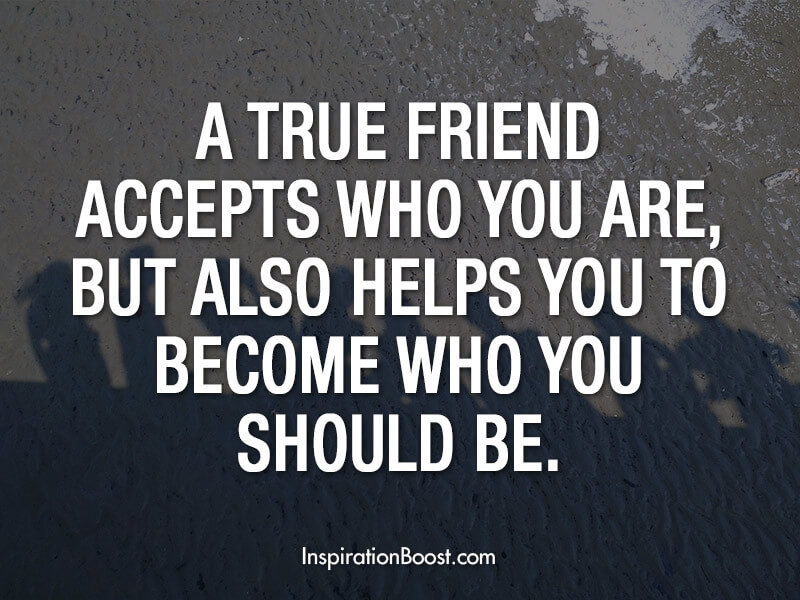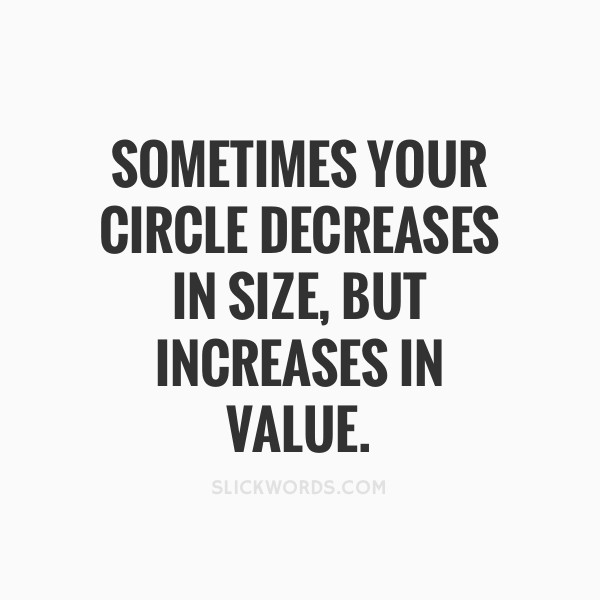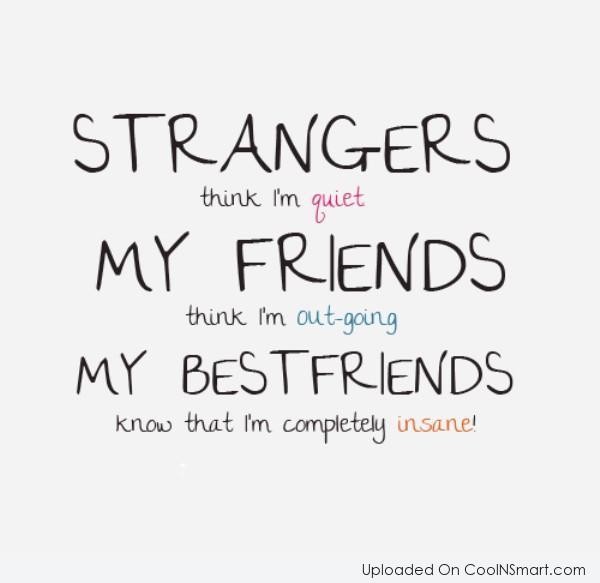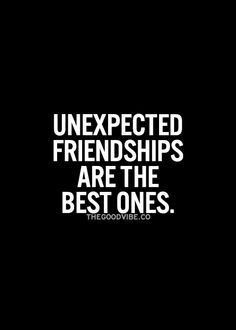Friendships- Common but not so popular
I have often wondered why brands in India don’t use “friendship” enough as a plot in their ads. Only the youth brands use this premise, even though friendship cuts across age groups and cultures and nationalities. Most Indian brands harp on the parent-child relationship or the sibling bonds to connect with consumers. Why is that? And considering how all-pervasive friendship is, I feel it is certainly under-utilized by advertisers.
So I decided to dig deeper…
FRIENDSHIP-STAGE 1
Friendships start early for all of us. Right from our first birthday. Some of us still have friends who we grew up with. Then there are the unquestionable “school friends”. If you are someone like me who studied in a boarding school for 7yrs, you know what I am talking about. You build bonds beyond the traditional manifestations and make a circle for yourself that has watched you come of age. You believe in lines like the one below and stand by it. School friends are your second family.
But you don’t always like to hang out with family…do you?


FRIENDSHIP-STAGE 2
That’s where the college buddies come in. These are the guys you had some of your best days with. The ones who taught you what “fun” stood for. With whom you learnt to let loose and find yourself. The people who were your partners in crime. Who witnessed you at your worst and your best. Who watched you fall in love fast and out of it faster. During this stage of friendship, everything is on 5th gear. You either become friends for life or go your separate ways. Even the fights are fierce and expectations high.
And we all know, expectations reduce joy…
FRIENDSHIP-STAGE 3
After college, you are expected to act mature and sober up. Lead a responsible and decisive life. Have a steady job or marriage or both if you are lucky 🙂 And the friends you make at this stage of your life are calculated and often based on convenience. You hang out with people who live close by. Or if you are a parent then you make friends with other parents just so your kids have company. Many times even business needs foster friendships. You are never fully free with such friends because there is always something to lose…


FRIENDSHIP-STAGE 4
This is the kind of friendship that not everyone understands. It hits you when you have made a career you wanted to make, got a family you dreamed of and are totally comfortable in the person you have become. There is nothing to lose at this stage of friendship and all you are looking for is like-minded people who get the bigger picture. If Maslow’s theory is to be applied, this is the “self actualization” stage. Here the friendship grows strong very quickly. Eg: A bikers’ group. There is a bond there that forms fast and it cuts across age groups, religion and culture. It is the coming together of common beliefs, desires and aspirations. The world doesn’t always understand (especially the friends you made in the previous stages) how can two people get so close in such a short period of time. But it happens.. and very unexpectedly..
…making friendship the most diverse of all relationships.
In conclusion:
It is this diversity of friendship that perhaps keeps brands away from using it in their communication. It is much easier and cost effective to address a more homogeneous group like mothers or daughters, or husband wife, where there are set rules, expectations and definitions. Blood relations have certain societal norms as well. In friendship there are none. Making it too fluid to hit bull’s eye with consumers I guess.
It’s like politicians choosing to talk to all citizens of India versus just The Hindus or The Muslims. The latter will be a far more effective strategy because one can play into the homogeneous insight that cuts through the cluster. Fluidity is not always a good thing if you want to market something. Focus plays a big role.
I guess that’s why brands choose to show a father and son scenario and not a friendship between a 25yr old and a 50 yr old. It’s just more predictable, and hence more relatable. Friendship just has too many definitions, and too many versions. It is hard to find a common insight to tap into in communication.
What do you think?


